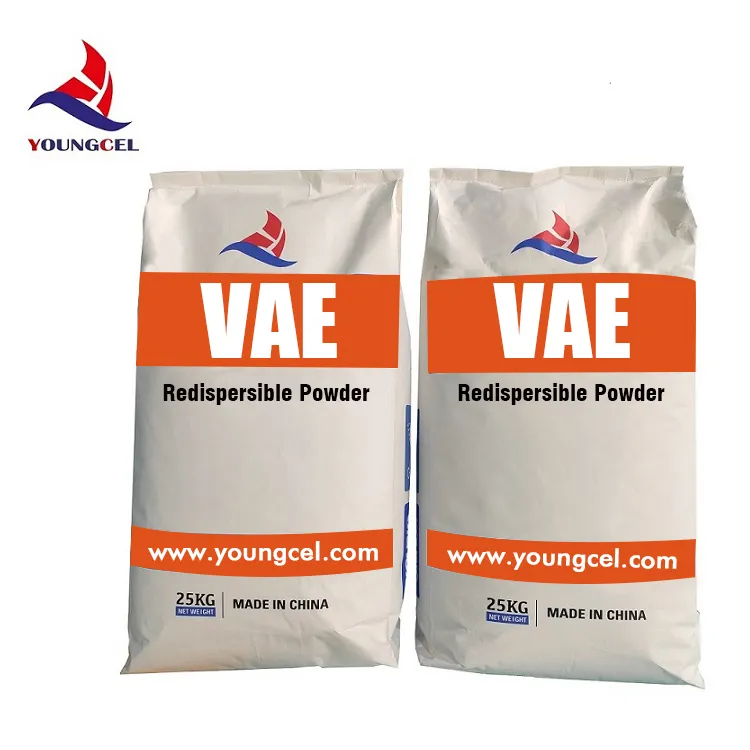Exploring Liquid Cellulose Applications, Benefits, and Future Prospects
Liquid cellulose, an innovative derivative of cellulose, has gained considerable attention in various industries due to its unique properties and diverse applications. Derived from the most abundant organic polymer on Earth, cellulose, liquid cellulose represents a significant advancement in the utilization of plant fibers. This article delves into the characteristics, benefits, and potential applications of liquid cellulose, along with insights into its future within different sectors.
What is Liquid Cellulose?
Liquid cellulose is essentially cellulose that has been processed to form a solution or gel-like substance. This transformation enhances its compatibility with various materials and facilitates easier processing. Unlike traditional solid cellulose, which is often difficult to dissolve and use in different applications, liquid cellulose offers a more versatile approach. Its fluid nature allows it to blend seamlessly with other compounds, making it a valuable resource in multiple fields, including food, medicine, and material science.
Properties and Benefits
The properties of liquid cellulose are what make it particularly noteworthy. It is non-toxic, biodegradable, and derived from renewable resources, contributing to sustainability efforts. Additionally, liquid cellulose exhibits good film-forming abilities, high viscosity, and excellent emulsifying properties. These characteristics make it an ideal candidate for various formulations and applications.
One of the primary benefits of liquid cellulose is its ability to act as a thickening agent in food and cosmetic products. In the food industry, it can be found in salad dressings, sauces, and dairy products, enhancing texture and stabilizing emulsions. In cosmetics, liquid cellulose serves as an effective binder and thickener, improving the consistency and feel of creams, lotions, and gels.
Furthermore, liquid cellulose is gaining traction in the pharmaceutical sector
. Its biodegradable nature and biocompatibility make it suitable for drug delivery systems, wound dressings, and tissue engineering. Researchers are exploring its potential in controlled release formulations, where drugs can be delivered at a predetermined rate, improving therapeutic efficacy.liquid cellulos

Applications
The applications of liquid cellulose are vast and varied. In the food industry, it is used not only for thickening purposes but also as a fat replacer, offering reduced calorie options without compromising taste and texture. With the growing demand for healthier food alternatives, liquid cellulose is positioned as a key ingredient in reformulating snacks and processed foods.
In the realm of personal care and cosmetics, liquid cellulose has become a staple due to its multifunctional properties. It acts as a stabilizer, emulsifier, and film former, helping to improve the performance of skin care products. Its use in hair care formulations enhances the manageability and strength of hair while providing a smooth finish.
The construction industry is also exploring the potential of liquid cellulose. It can be integrated into paints and coatings, offering improved adhesion and durability. Its use in biodegradable materials aligns with the increasing demand for eco-friendly construction practices. Additionally, liquid cellulose is being investigated for its application in creating lightweight composites and insulation materials.
Future Prospects
The future of liquid cellulose appears promising as research and innovation continue to expand its applications. Efforts to improve production methods and reduce costs will likely enhance its viability in mainstream markets. With growing environmental concerns, the demand for biodegradable and sustainable materials is on the rise, positioning liquid cellulose as a frontrunner in developing eco-friendly solutions.
Moreover, advancements in biotechnology and material science may lead to novel applications for liquid cellulose in areas such as nanotechnology, bio-composites, and packaging. The exploration of its properties and functionalities opens avenues for creating smarter materials that can respond to environmental stimuli.
In conclusion, liquid cellulose is a remarkable innovation that combines sustainability with versatility. Its unique properties make it applicable across various industries, from food and cosmetics to pharmaceuticals and construction. As research progresses, the potential for liquid cellulose to transform traditional practices and contribute to a more sustainable future becomes increasingly apparent. The journey of liquid cellulose is just beginning, and its future looks bright as it continues to carve its niche within the burgeoning field of biopolymers.




